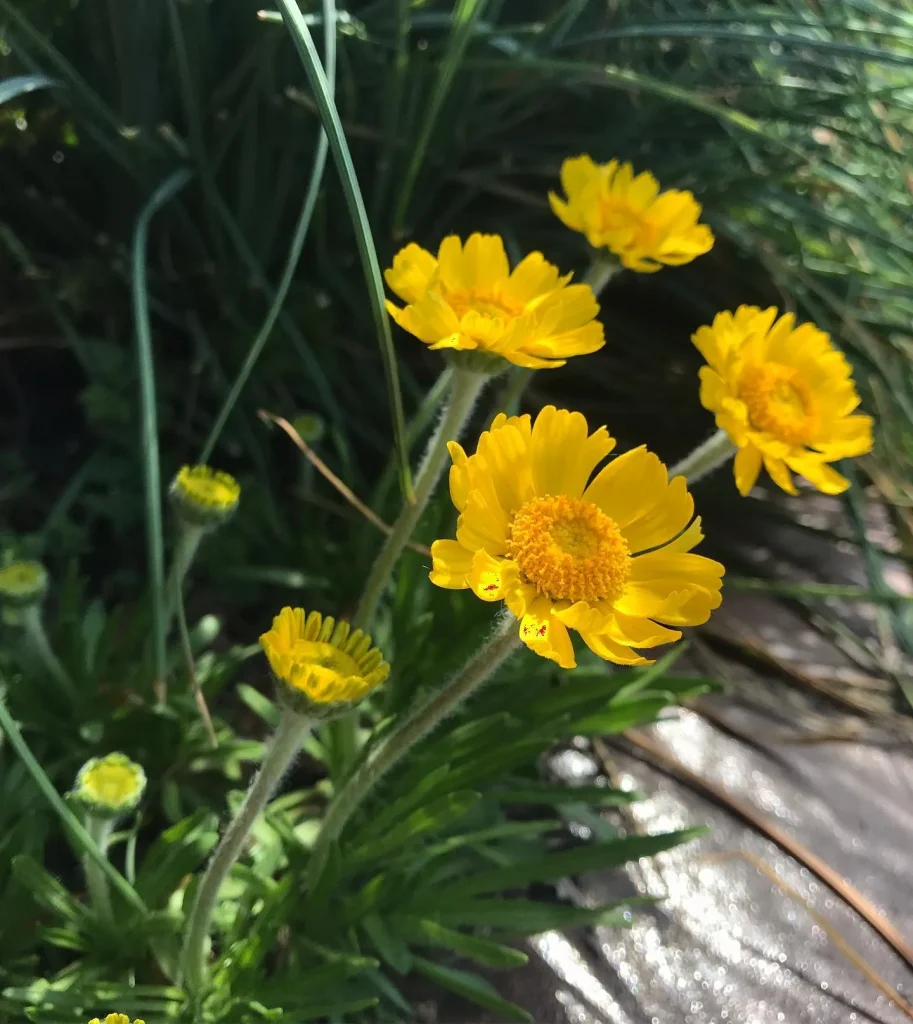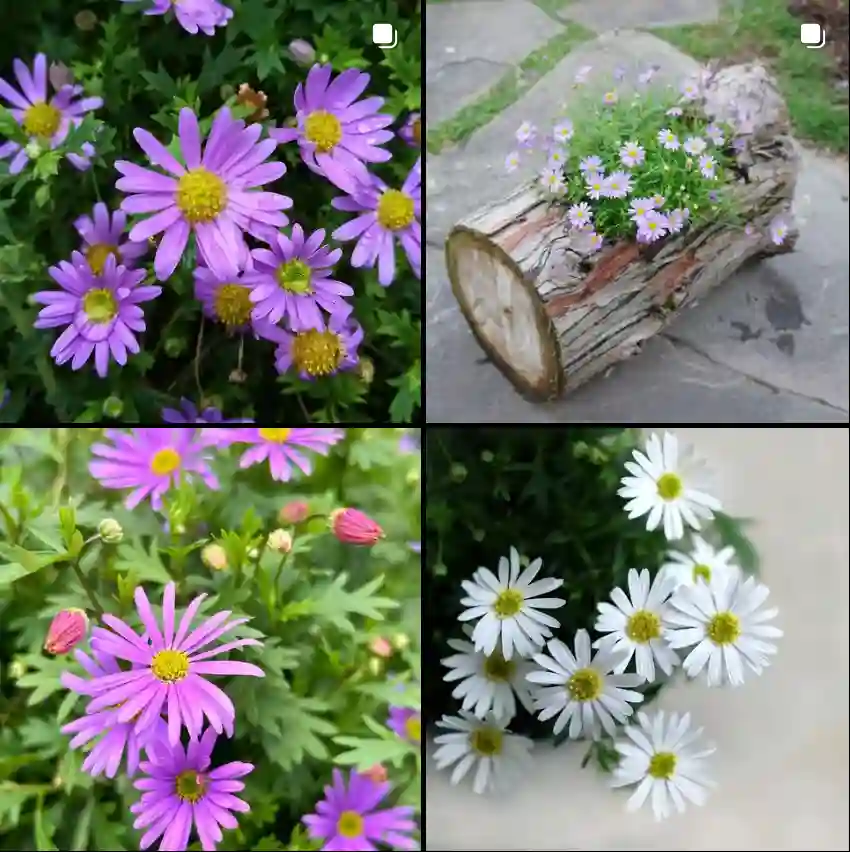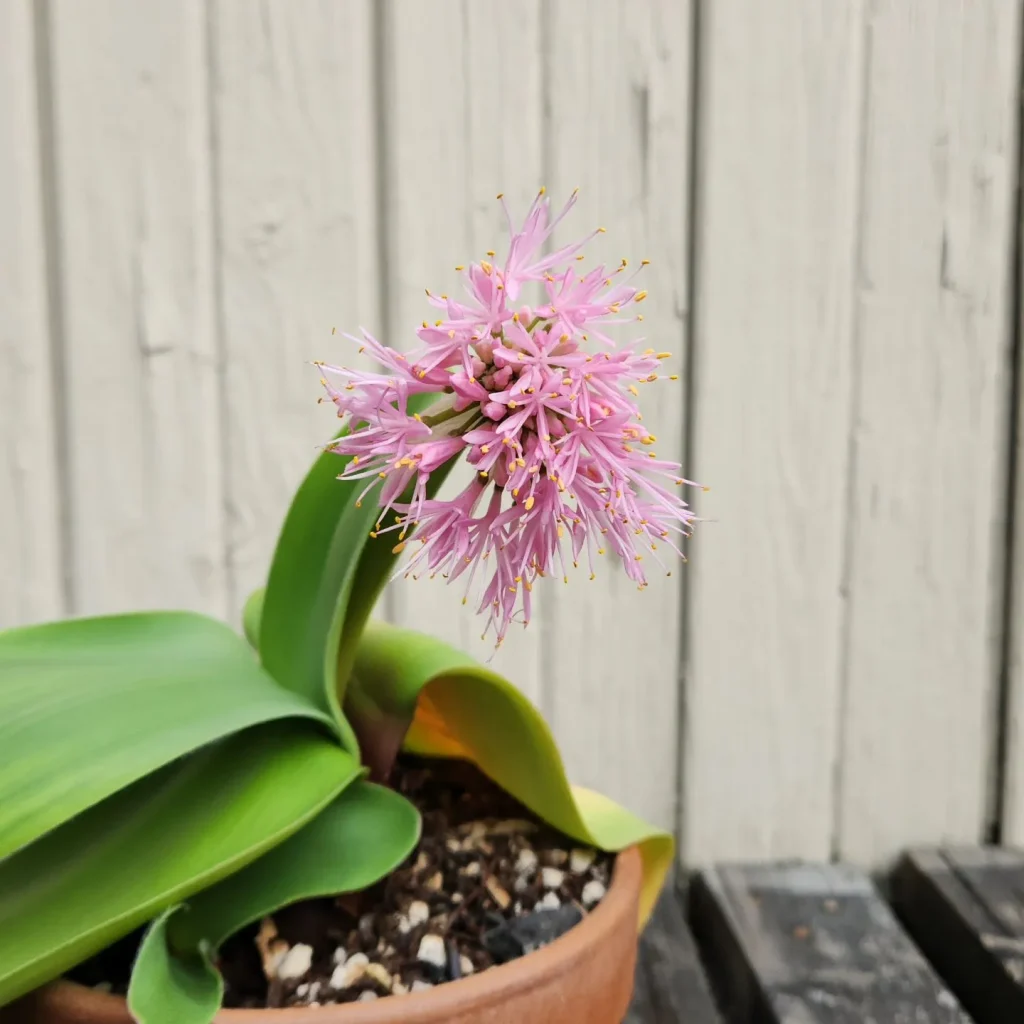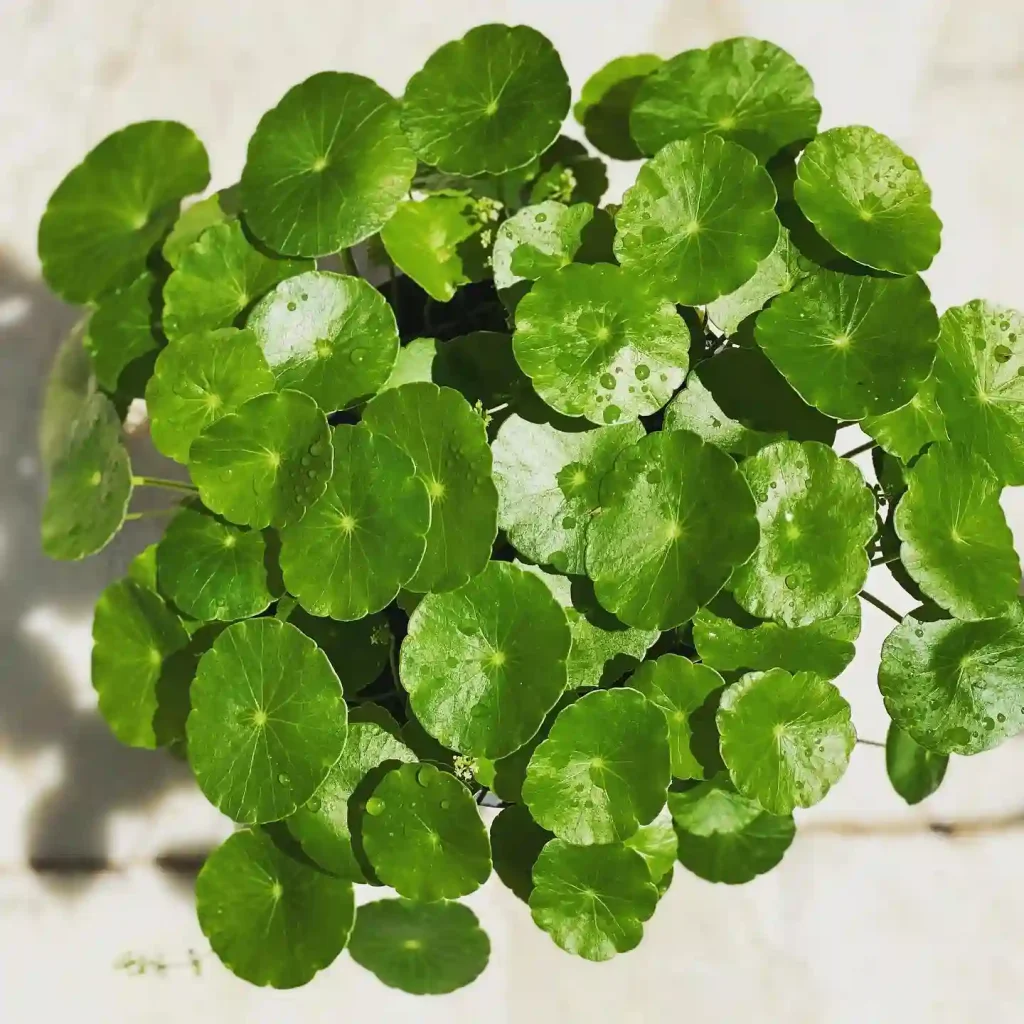Hoya Suzie Q: Unveiling the Allure of This Variegated Climber
For any plant enthusiast, the Hoya Suzie Q holds a captivating charm. Its unique foliage, with a splash of pink in its youth transitioning to creamy variegation in maturity, makes it a standout addition to any indoor space. But beyond aesthetics, caring for this Hoya cultivar presents a rewarding challenge. Let’s delve into the world of Hoya Suzie Q, addressing common questions and exploring its captivating nature.
566 Species in Genus Hoya
Light: Illuminating the Path to Growth
Hoya Suzie Q, like most Hoyas, thrives in bright, indirect light. Think dappled sunlight filtering through a sheer curtain. Direct sun exposure can scorch the delicate leaves, so avoid south-facing windows. East or west-facing windows with a shade cloth during peak sunlight hours are ideal. Observe your plant. Leaning growth or pale leaves indicate insufficient light, while crispy or bleached leaves suggest too much direct sun.
Remember: Insufficient light can hinder variegation, so find that sweet spot for vibrant foliage.
Watering: Finding the Balance
Hoyas are succulent wonders, meaning they store water in their fleshy leaves. Overwatering is the enemy. Aim to water when the top two to three inches of soil become dry. Drench the pot thoroughly until water runs from the drainage holes, then discard the excess. Avoid letting your Suzie Q sit in waterlogged soil, as this can lead to root rot.
Pro Tip: Feel the leaves for plumpness. Supple leaves indicate adequate hydration, while limp leaves signal thirst.
Soil: The Foundation for Success
A well-draining potting mix is crucial for Hoya Suzie Q. Opt for a blend specifically formulated for cacti and succulents, or create your own by mixing equal parts perlite, orchid bark, and potting soil. This combination provides excellent drainage, aeration, and the right amount of moisture retention.
Remember: Avoid using heavy garden soil, which can suffocate the roots.
Fertilizing: A Nourishing Boost
While Hoyas are not heavy feeders, a monthly dose of diluted fertilizer during the growing season (spring and summer) can provide a welcome boost. Use a balanced, water-soluble fertilizer diluted to half strength. Avoid overfertilizing, as this can lead to salt buildup in the soil, damaging the roots.
Seasonal Note: Withhold fertilizer during the colder months when growth slows.
Common Concerns: Addressing Potential Issues
Slow Growth: Patience is key with Hoyas. They are not known for rapid growth spurts. Ensure proper light, watering, and avoid repotting too frequently. Consistency is key.
Pests and Diseases: Mealybugs and scale can be occasional visitors. Address them promptly with neem oil spray or insecticidal soap. Fungal diseases due to overwatering are a greater concern. Ensure proper drainage and adjust your watering schedule accordingly.
Leaf Discoloration: Yellowing leaves can indicate underwatering, aging foliage, or excessive light. Brown, mushy leaves are a sign of overwatering. Address the underlying cause based on the specific symptoms.
Limited Variegation: Low light levels can diminish variegation. Ensure your Suzie Q receives adequate bright, indirect light.
Hoya Suzie Q vs Krimson Queen
Both Hoya Suzie Q and Krimson Queen are stunning Hoyas with variegated foliage. However, there are subtle differences. Suzie Q boasts a more prominent pink hue on young leaves, which transitions to creamy variegation. Krimson Queen features a deeper red or crimson variegation that persists throughout its life. Additionally, Suzie Q tends to have longer, pointier leaves compared to Krimson Queen’s more rounded foliage.
The Choice: Ultimately, the choice between these two beauties comes down to personal preference. Do you favor the playful pink of youth in Suzie Q, or the bold crimson accents of Krimson Queen?
Conclusion: The Enduring Allure of Hoya Suzie Q
The Hoya Suzie Q is more than just a pretty face. Its unique foliage, coupled with its manageable care requirements, makes it a captivating addition to any plant collection. With proper light, watering, and a well-draining soil mix, you can cultivate a thriving Suzie Q that will grace your home for years to come. So, embark on this botanical adventure and discover the enduring allure of the Hoya Suzie Q.
If i die, water my plants!



